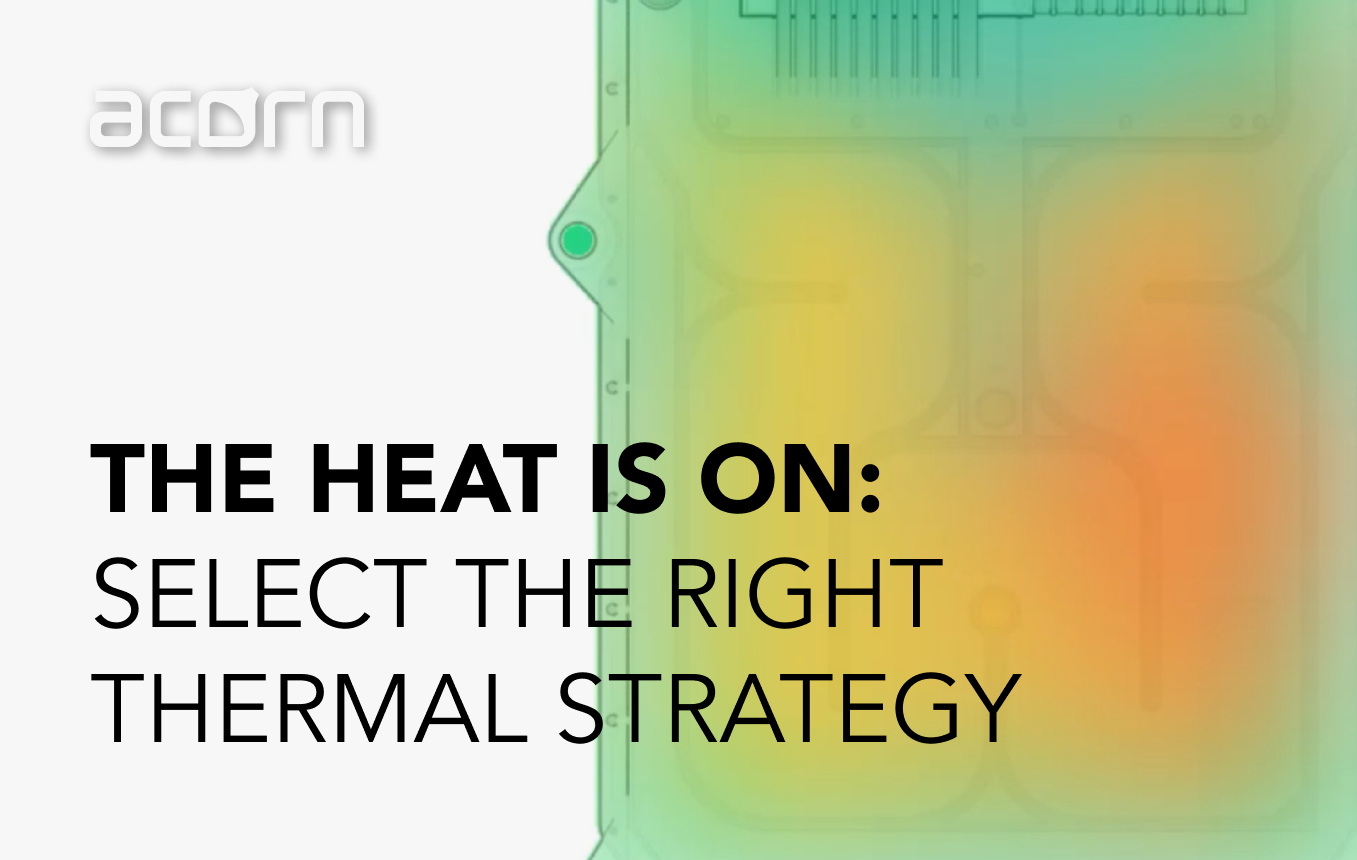Bringing a Tennis-Court-Sized Machine Down to a Human Scale
To continue the conversation about the essential role user experience design plays in the product development process, it helps if we have a concrete example to hang our hats on. Varian’s ProBeam cancer treatment system was one of the most challenging design briefs we’ve encountered at Acorn/Elemental8: make an astoundingly-complex, futuristic, building-sized technology approachable to patients and clinicians.
In this post, we’ll walk through the process of designing the ProBeam treatment room, highlighting important steps in the experience design process and lessons that can be applied by organizations facing similar challenges in bringing an advanced technology down to a human scale.
Image credit Varian Medical Systems, Inc.
The Challenge
Varian came to us with a revolutionary therapy technology which uses protons to treat tumors much more precisely than traditional x-ray-based systems. This means that more healthy tissue stays intact, resulting in fewer side effects and faster recovery times for patients. When patients spend less time in treatment, they can get on with their lives. At the same time, clinics can quickly recuperate the cost of the ProBeam system through greater patient throughput. However, this technology requires a purpose-built facility the sizeof a tennis court (in its smallest configuration), which includes a cyclotron that generates the proton beam, and a treatment room where patients can be carefully positioned for treatment. The Acorn/Elemental8 team was tasked with bringing this technology down to human scale by designing every aspect of this treatment room, with the goal of creating welcoming, functional interface between users and this complex piece of equipment.
Image credit Varian Medical Systems, Inc.
The Process
Start with users in mind
We began by attempting to see the treatment process from the perspective of all the people who would interact with the ProBeam system, employing an expansive definition of “user” that included patients and their families, clinicians, and maintenance technicians. As we developed design concepts, the needs of these different user groups were top of mind, and we had to find creative ways to balance their needs with technical and cost constraints.Create a cohesive experience
Undergoing cancer treatment can be a painful, frightening time for patients, so the treatment environment was carefully crafted to keep patients calm and comfortable. Lighting dims to match a patient's breathing while sound-dampening panels provide a soothing environment. Separate lighting schemes match to the needs of each use phase: setup, treatment, cleanup, and service. Every zone of the patient treatment room has a dedicated purpose. Therapists can maintain a visual and auditory connection with patients while they interact with computers from the safety of a specially designed alcove protected by radiation shielding glass.Make the tech meet people where they already are
The treatment room workflow was designed in close collaboration with therapists to be highly efficient and minimize the time patients spend undergoing treatment. The ProBeam patient treatment room incorporates many familiar features and functions from other Varian oncology products, so therapists face a short learning curve when transitioning to the ProBeam system.
Image credit Varian Medical Systems, Inc.
Conclusion
A technology is only as good as its interface with those who use it. Any company attempting to bring a highly innovative product to market will face similar challenges in making their technology accessible and relevant to user needs, while working within engineering constraints and meeting business requirements. An integrated user experience design process can help organizations balance these competing factors, resulting in cohesive product experiences that do service to the investments made in their underlying technologies.






